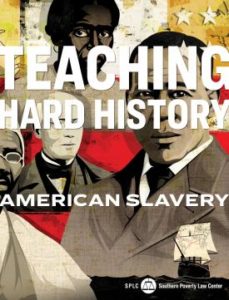 At the Zinn Education Project, we applaud the new Southern Poverty Law Center (SPLC) Report Teaching the Hard History of American Slavery, which highlights how schools inadequately teach the crucial history of enslavement in the United States. Too often this history is sanitized, sidestepped, or glossed over. The history of slavery and the resistance to it should be central to every U.S. history classroom.
At the Zinn Education Project, we applaud the new Southern Poverty Law Center (SPLC) Report Teaching the Hard History of American Slavery, which highlights how schools inadequately teach the crucial history of enslavement in the United States. Too often this history is sanitized, sidestepped, or glossed over. The history of slavery and the resistance to it should be central to every U.S. history classroom.
Below are some of the many free resources available from the Zinn Education Project for teachers to help their students better confront the “hard history” of slavery and the resistance that challenged, and ultimately overthrew, the slave system.
The lessons also introduce students to the institutionalization of racism in the United States, helping them to see the ways in which white supremacy continues to dominate our economic and political systems.
 |
The Color Line
By Bill Bigelow. A lesson on the countless colonial laws enacted to create division and inequality based on race. This helps students understand the origins of racism in the United States and who benefits.

|
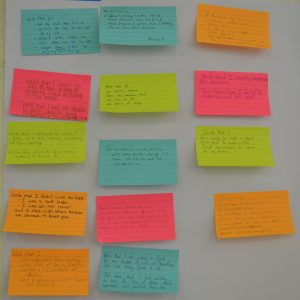 |
Poetry of Defiance: How the Enslaved Resisted
By Adam Sanchez. Through a mixer activity, students are introduced to the various ways that enslaved people resisted the brutal exploitation of slavery. The lesson culminates in a collective class poem highlighting the defiance of the enslaved.

|
 |
‘If There Is No Struggle…’: Teaching a People’s History of the Abolition Movement
By Bill Bigelow. In this role play, students become members of the American Anti-Slavery Society, facing many of the real challenges to ending slavery.

|
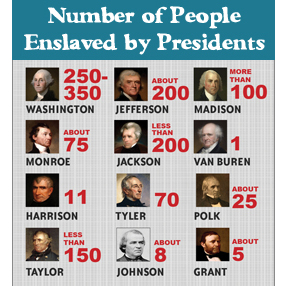 |
Presidents and Slaves: Helping Students Find the Truth
By Bob Peterson. How a 5th grade teacher and his students conducted research to answer the question: “Which presidents owned people?” Available in Spanish.

|
 |
Reading Between the Lines: An Art Contest Helps Students Imagine the Lives of Runaway Slaves
By Thom Thacker and Michael A. Lord. An art contest is used as the basis from which students can examine primary historical documents (advertisements for runaway slaves) to gain a deeper understanding of the institution of slavery in the North.

|
 |
Reclaiming Hidden History: Students Create a Slavery Walking Tour in Manhattan
By Alan J. Singer. How a teacher and his students organized a tour of the hidden history of slavery in New York.

|
 At the Zinn Education Project, we applaud the new Southern Poverty Law Center (SPLC) Report Teaching the Hard History of American Slavery, which highlights how schools inadequately teach the crucial history of enslavement in the United States. Too often this history is sanitized, sidestepped, or glossed over. The history of slavery and the resistance to it should be central to every U.S. history classroom.
At the Zinn Education Project, we applaud the new Southern Poverty Law Center (SPLC) Report Teaching the Hard History of American Slavery, which highlights how schools inadequately teach the crucial history of enslavement in the United States. Too often this history is sanitized, sidestepped, or glossed over. The history of slavery and the resistance to it should be central to every U.S. history classroom.






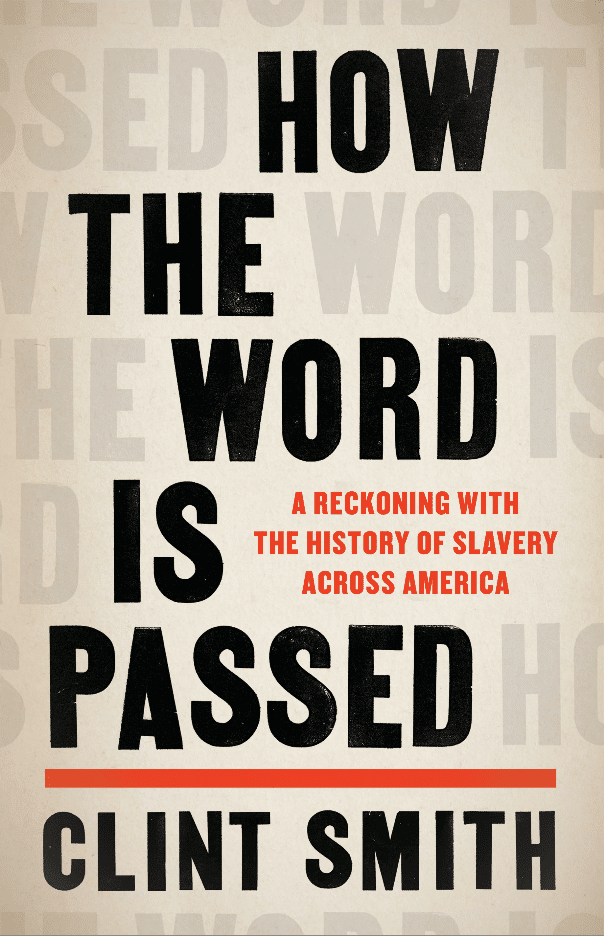
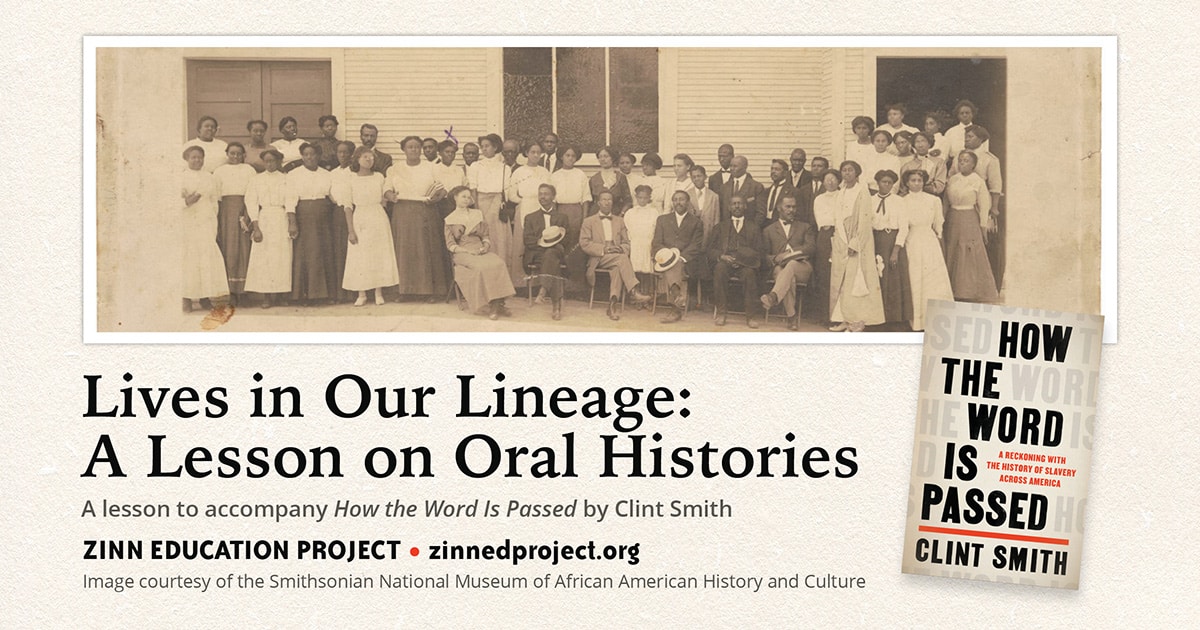
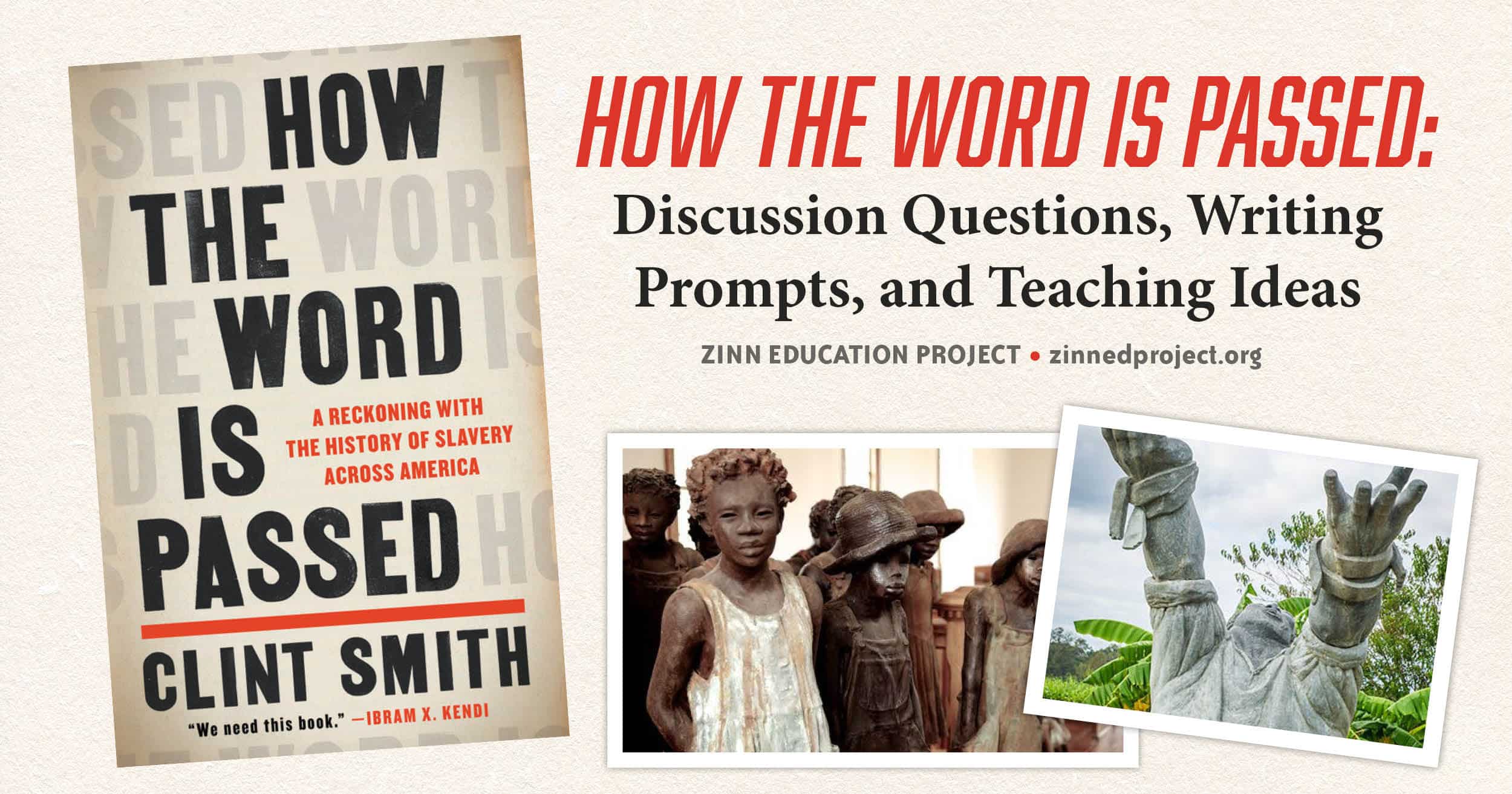
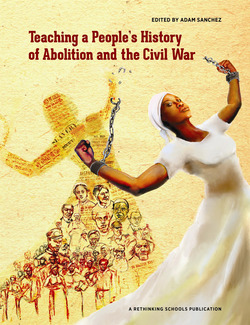





Twitter
Google plus
LinkedIn